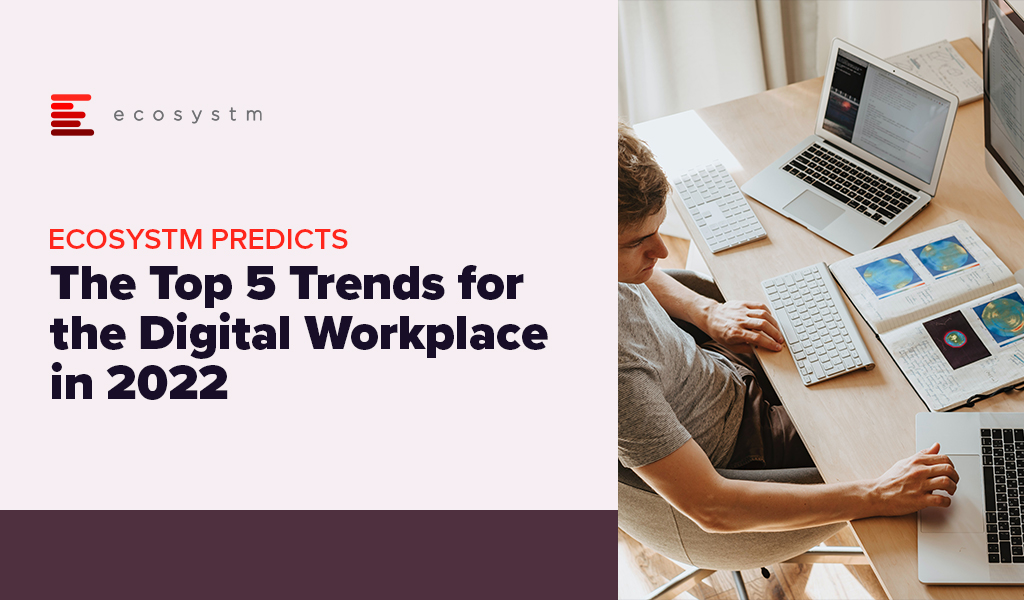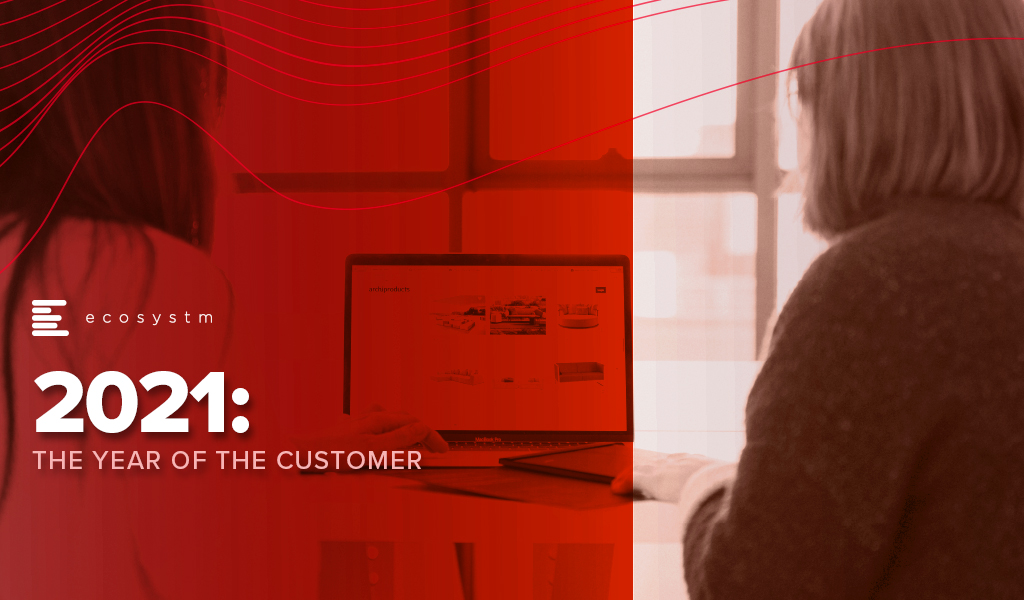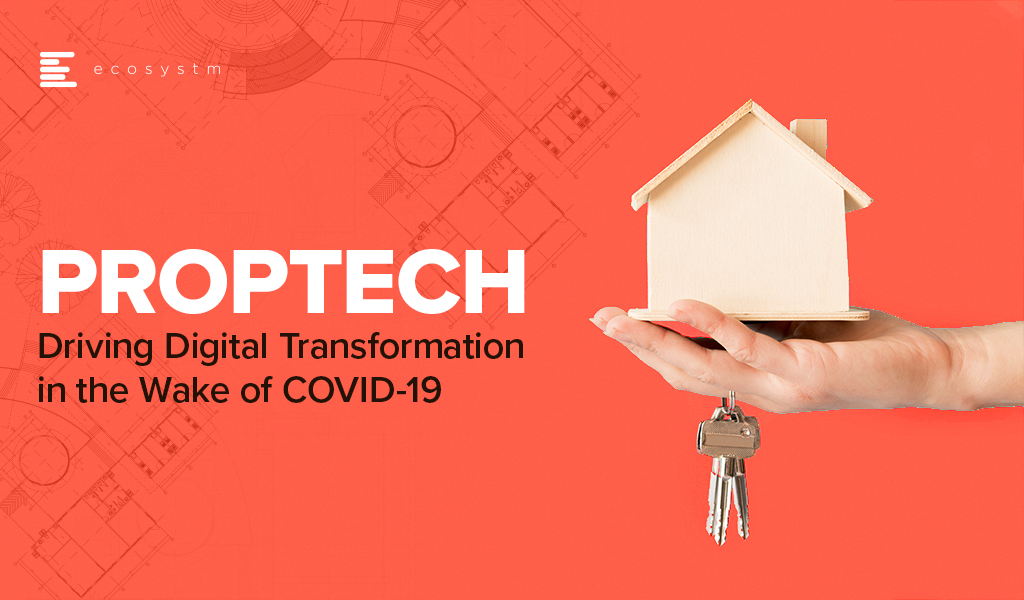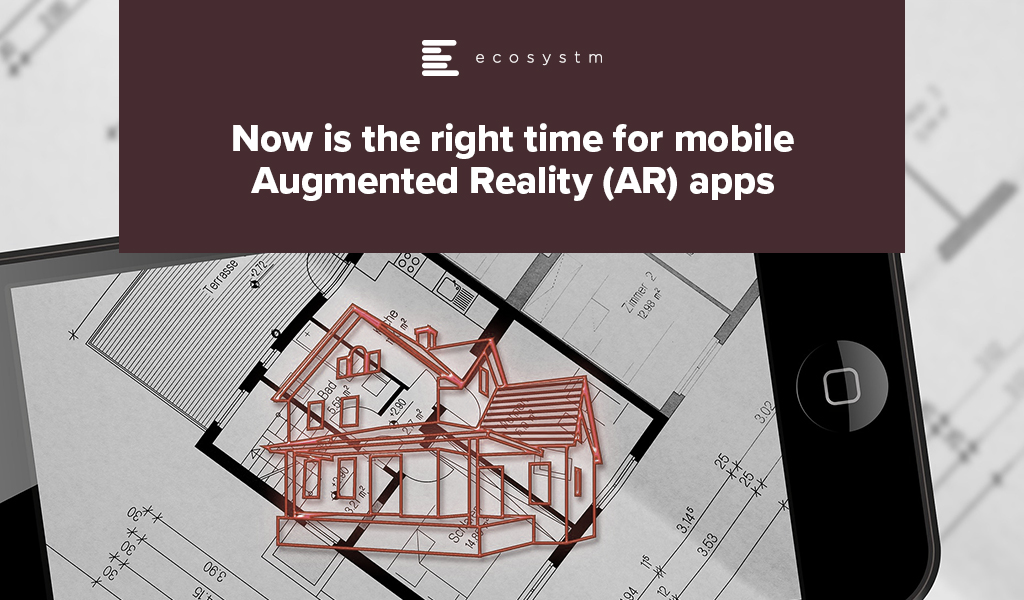The first impact of the pandemic and the disruption it caused, was organisations scrambling to empower their remote employees. Over the last 2 years, significant investments have been made on collaboration platforms and tools. Now organisations are having to work towards making these workplaces truly hybrid where organisations have to ensure that all employees get the same experience, irrespective of where they choose to work from.
In 2022, organisations will continue to invest in building the Digital Workplace and address the associated technology, people, and process challenges.
Read on to find out what Ecosystm Analysts, Audrey William, Tim Sheedy and Venu Reddy think will be the key trends for the Digital Workplace in 2022.
Click here to download Ecosystm Predicts: The Top 5 Trends for the Digital Workplace in 2022 as PDF

In 2009 one of the foremost Financial Services industry experts was giving my team a deep dive into the Global Financial Crisis (GFS) and its ramifications. According to him, one of the key reasons why it happened was that most people in key positions in both industry and government had probably never seen a full downturn in their careers. There was a bit of a hiccup during the dot com bust but nothing that seriously interrupted the long boom that began somewhere in 1988. They had never experienced anything quite like 2008; so they never imagined that such a crisis could actually happen.
Similarly, 2020 was an unprecedented year – in our lives and certainly for the tech industry. The GFC (as the name suggests) was a financial crisis. A lot of people lost their jobs, but after the bailouts things went largely back to normal. COVID-19 is something different altogether – the impact will be felt for years and we don’t yet know the full implications of the crisis.
While we would like to start 2021 with a clean slate and never talk about the pandemic again, the reality is that COVID-19 will shape what we will see this year. In the first place it looks like the disease will still be around for a substantial part of the year. Secondly, all the changes it has brought in 2020 with entire workforces suddenly moving to operating from home will have profound implications for technology and customer experience this year.
As we ease into 2021, I look at some of the organisational and technology trends that are likely to impact customer experience (CX) in 2021.
#1 All Business is Now eBusiness
COVID-19 has ensured that the few businesses which did not have an online presence became acutely aware that they needed one. It created a need for many businesses to quickly initiate eCommerce. Forbes reported a 77% increase in eCommerce infrastructure spending YoY. This represents about 4 years of growth squeezed into the first 6 months of 2020!
From a CX point of view there is going to be far more interaction with brands and products through online channels. This is not just about eCommerce and buying from a portal. It is also about using tools like Instagram, Facebook and other social media platforms more widely. It is about learning to interact with the customer in multiple ways and touching their journeys at multiple points, all virtually using the web – mostly the mobile web.
Ecosystm research shows that almost three out of four companies have decided on accelerating or modifying the digitalisation they were undergoing (Figure 1). It is fair to expect that this gives a further boost to moving to the cloud. For the customer it will mean being able to access information in many new ways and connect with products, services, brands at multiple points on the web.
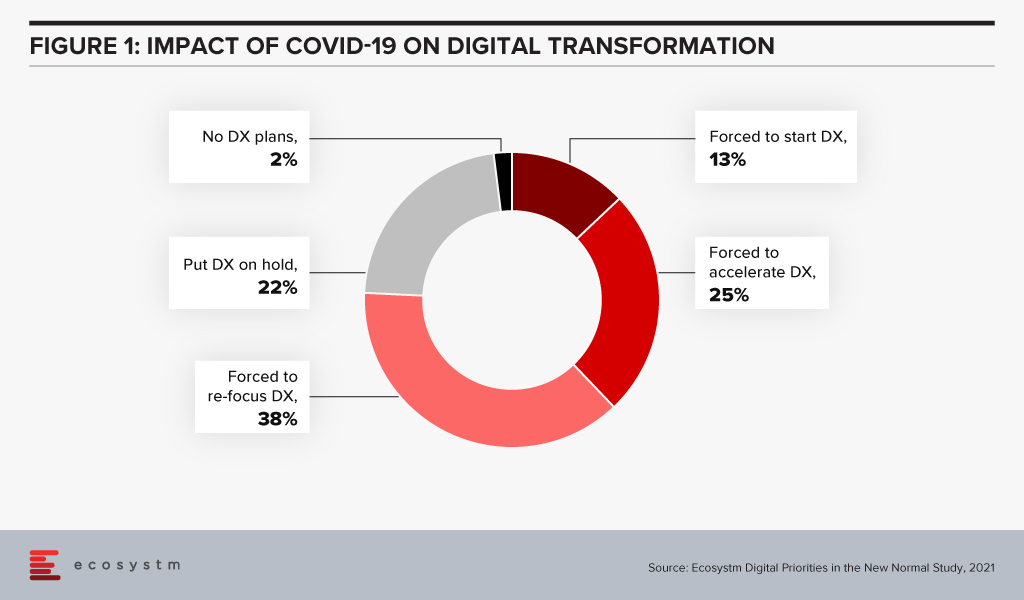
Since interacting with the customer at multiple points is new for most services, I foresee a lot of missed opportunities as companies learn to navigate a completely different landscape. Customers pampered by digitally native organisations often react harshly to even a small mistake. It will become critical for companies to not just become a bigger presence online but also to manage their customers well.
New solutions such as Customer Data Platforms (CDP), as opposed to CRM will become common. Players who are into Customer Experience management are likely to see huge business growth and new players will rapidly enter this space. They will promise to affordably manage CX across the globe, leveraging the cloud.
#2 Virtual Merges with Real
Virtual and Augmented Reality are not new. They have been around for a while. This will now cross the early adoption stage and is likely to proliferate in terms of use cases and importance.
AR/VR has so far been seen mainly in games where one wears an unwieldy – though ever-improving – headset to transport oneself into a 3D virtual world. Or in certain industrial applications e.g., using a mobile device to look at some machinery; the device captures what the eye can see while providing graphical overlays with information. In 2021 I expect to see almost all industrial applications adopting some form of this technology. This will have an impact on how products are serviced and repaired.
For the mainstream, 2020 was the year of videoconferencing – as iconic as the shift to virtual meetings has been, there is much more to come. Meetings, conferences, events, classrooms have all gone virtual. Video interaction with multiple people and sharing information via shared applications is commonplace. Virtual backgrounds which hide where you are actually speaking from are also widely used and getting more creative by the day.
Imagine then a future where you get on one of these calls wearing a headset and are transported into a room where your colleagues who are joining the call also are. You see them as full 3D people, you see the furniture, and the room decor. You speak and everyone sees your 3D avatar speak, gesture (as you gesture from the comfort of your home office) and move around. It will seem like you are really in the conference room together! If this feels futuristic or unreal try this or look at how the virtual office can look in the very near future.
While the solutions may not look very sophisticated, they will rapidly improve. AR/VR will start to really make its presence felt in the lives of consumers. From being able to virtually “try” on clothes from a boutique to product launches going virtual, these technologies will deeply impact customer experience in 2021 and beyond
In the immortal words of Captain Kirk, we will be going where no man has gone before – enabled by AR / VR.
#3 Digital CX will involve Multiple Technologies
AI, IoT and 5G will continue to support wider CX initiatives.
The advances that I have mentioned will gain impetus from 5G networking, which will enable unprecedented bandwidth availability. To deliver an AR experience over the cloud, riding on a 5G network, will literally be a game changer compared to the capabilities of older networks.
Similarly, IoT will lead to massive changes in terms of product availability, customisation and so on. 5G-enabled IoT will allow a lot more data to be carried a lot faster; and more processing at the edge. IoT will have some initial use cases in Retail, Services and other non-manufacturing sectors – but perhaps not as strongly as some commentators seem to indicate.
AI continues to drive change. While AI may not transform CX in 2021, this is a technology which will be a component of most other CX offerings, and so will impact customer experience in the next few years. In fact, thinking of businesses in 2025 I cannot believe that there will be a single business to customer (B2C) interaction which will not feature some form of AI technology.
I’d be interested to hear your thoughts on the technologies which will impact CX in 2021 – Connect with me on the Ecosystm platform.

COVID-19 is accelerating digital transformation activities across industries. Remote working is now standard practice and digital engagement is replacing face-to-face interaction. Cloud technology has become essential rather than an option, and rollouts of new technologies such as augmented reality (AR) and intelligent automation are being expedited.
One of the industries that offer great potential for technology-driven transformation is the property sector.
Many activities within the property ecosystem have remained unchanged for decades. There are several opportunities for digital engagement and automation in this sector, ranging from the use of robots in construction to the ‘uberisation’ of the residential property customer journey.
The processes associated with buying or renting property remain cumbersome and complex for customers. Indeed, customers engage with many different organisations throughout their residential property lifecycles. When compared to some other industries, the customer experience can be poor. Components of the journey – such as property search – offer some great experiences but other parts such as exchanging contracts can rarely be described as positive customer experiences.
Although AR and virtual reality (VR) technologies can facilitate property inspection, most inspections are still undertaken on-premise, together with a real estate agent. Contract exchanges often involve interactions with legal professionals in-person. Securing a mortgage or a rental agreement also typically requires face-to-face interaction. Deposits commonly necessitate the physical presentation of a cheque.
The Uberisation of the Property Sector
So, in the residential sector, there are clear opportunities for start-ups and property search platforms to offer greatly enhanced customer experiences. The COVID-19 crisis will speed up the rate at which digital technologies are used to automate activities throughout the residential property customer journey and to engage customers digitally.
Property search platforms such as Singapore-based PropertyGuru, have been creating innovative ways of engaging customers and extending their range of services, for many years. For PropertyGuru, its news features, mortgage calculator, and ability to search for investment properties overseas, have enabled it to offer customers more value from its platform. Its PropertyGuru Lens feature uses AR and artificial intelligence (AI) to give customers a more immersive and improved experience. In common with other real estate platforms, it offers AR and VR tools for inspections.
Today’s crisis creates opportunities for platforms such as ProperyGuru to engage customers throughout their journey. It can potentially transform the residential property business, by becoming an Uber-style platform for agents, movers, shippers, storage companies, interior designers, renovation firms and all other stakeholders within the residential property ecosystem. Subject to regulation, it could also act as a mortgage broker and an agency for the exchange of contracts. In other words, it could ‘own’ the customer journey and act as a platform for all services associated with residential property. From the customer perspective, such a platform would be a welcome way of enhancing the experience associated with buying, renting, maintaining, improving, managing, and selling residential property.
IoT and the Commercial Property Sector
From a commercial property perspective, the COVID-19 crisis can also be expected to accelerate the digitalisation of many activities associated with the construction, maintenance, and management of buildings.
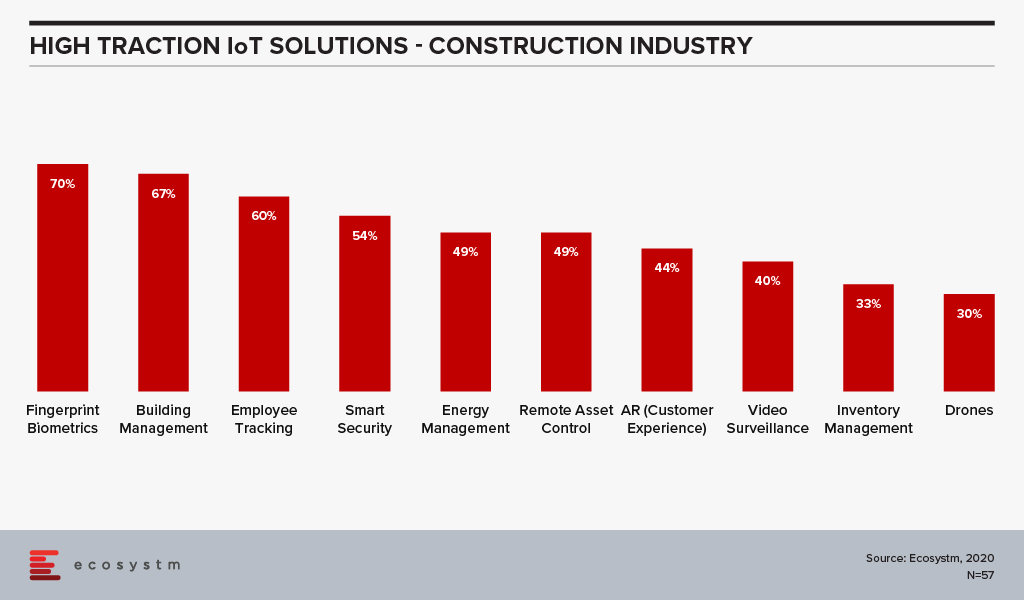
According to the findings of the Ecosystm IoT Study, the Construction industry is evaluating several technology solutions that are expected to benefit the industry (Figure 1).
While the industry views these solutions as beneficial, the adoption has so far been low. This will change. Drones have been used to inspect the outside of tall buildings for several years, but this is not yet standard practice. Structural inspections and maintenance of buildings will be automated at a much faster rate post COVID-19. IoT technology will be used for building management. Using IoT technology for the predictive maintenance and management of lighting, climate control, elevators, security, windows and doors will become standard as firms seek to reduce human interactions. Technology that measures footfall, manages safe distancing, takes peoples’ temperatures and identifies those who enter and leave buildings will be introduced, as organisations guard against disease clusters developing within or around their premises.
In essence, the COVID-19 crisis will act as a catalyst for the digital transformation of the property sector. There is a huge opportunity to create new business models not least by offering customers a digital platform on which all of their property-related needs can be addressed. For the commercial property sector, a similar platform can be offered. Additionally, many core activities ranging from construction to building management will be automated, fully leveraging robot, AI and IoT technologies.

Scenario one: I have two friends in their late 50s, home on quarantine in the UK. As they need exercise, it is a wonderful time for them to update their old Nordic cross-track system. They eyeballed the website, thought it was the same footprint and weight as the existing one that was upstairs in their home and placed the order.
The delivery man left the 100kg+ package next to their doorstep doing social distancing properly. Not only is it not portable but had to be constructed piece by piece in their living room as they could not carry the bigger parts up the stairs.
Scenario two: Friends who are seasoned travelers with wandering feet want to go travelling once quarantine is over. They want to go to a resort in Cabo San Lucas, but they cannot find a good travelogue of experiences and dining options at the resort other than Yelp or TripAdvisor with very two-dimensional reviews.
As you can see from the recent article in The Times, a number of people are taking this time to plan where they want to go.
These are two examples of why now is the time for implementing a mobile AR app solution.
Invest Now in AR
At this moment you have a captive audience with more time on their hands than normal, and eager to consume. And many are building home offices or making medium-term travel plans and need more than what a flat website experience offers them.
So now is the time for investment in augmented reality mobile apps. How many firms are seeing this and what has been their experience?
Based on the tech buyer feedback from the ongoing global Ecosystm Mobility Study:
- Only about 1% of organisations have a mobile AR app, with another 5% evaluating it in 2020
- Average current implementations tend to look at a CapEx spend of about 45% – however, those who are planning to implement a mobile AR app expect to pay about 53% CapEx
- 7 out of 10 organisations say that implementation cost was less than US$10,000
- 8 out of 10 organisations say the implementation took more than 3 months (with 4 out of 10 saying it took 6 months to a year)
Extending to digital experience
Traditional print publications already understand the need to extend the digital experience for readers. The New York Times has been rethinking how it can connect the print and digital reading experiences. In partnership with Google Lens, smartphone users can access additional information online that corresponds to the print version of their New York Times Magazine. In the next three months, all New York Times Magazines will have some features that are Google Lens-enabled.
It is a great moment for both product and experiential marketers to be taking advantage of time at home by using an augmented reality mobile apps to bring the product into the home or home office, and the experience to life in your own kitchen or living room. And in return, getting great real-time feedback on what customers are looking for.
We’ve all seen the demo of the IKEA mobile app on where to place your couch. But product location placement is missing from any number of key categories. This is including computer monitors and TVs, as well as office furniture and professional lighting equipment for that better quality of video con-call.
What other kinds of market engagement uses are there?
Packaging links to AR
Create custom “trackers”, either printed or on-screen icons, when scanned with a white labeled app to trigger a video or a 3D model overlaid on the real world. Design a scannable package with customer experience in mind and include tracking engagement and sharing links. Set up an AR trigger based on a packaging feature and invite the customer to scan the same with their phones. Note that you can also add AR as a feature into your existing Android or IOS app. Dependency on dedicated app or app plug-ins is gone. Brands can now leverage the potential offered by augmented reality using just a URL. Users can open the URL in any mobile-based browser and augment interactive digital content on their camera view.
Reverse product placement
As the opposite of how locations tried to link to Pokemon Go, your product could be an element in a popular Augmented Reality game. It could attract new customers who would link to more AR provided information on the product.
Weather as a factor
These types of apps can show what the weather may be like at a location. Possible app usage for showing residential real estate. It could show impact in a flood zone as to how much water may enter the area. Or it can warn people on urgent physical issues.
Practical advice before consumption
Too much time on your hands and hate your hair? See what the color will look like before you make a hair color mistake. Perhaps more AI than AR. Note that right now you may be able to buy hair dye. But you will likely not have access to the person who can repair any mistakes you make at this point. Think carefully.
Final Thoughts
Now is this time to engage bored consumers and eager potential users. Take advantage of what this uncertain time can bring to your firm. Use Augmented Reality as a benefit to create value and content stickiness for your customers.
We’ve been hearing about Augmented Reality and Virtual Reality for a while now. The future of the virtual world is being built today and as AR/ VR become more mainstream and prices decrease, there’s a new technology trying to fit in somewhere, to perform its magic – Mixed Reality.
What is Mixed Reality, however? Is it just another marketing jargon for the same technology wrapped in new covers?
Before diving deep into mixed reality , let us revisit the fundamentals of the virtual world technologies.
Virtual Reality
Virtual Reality replaces your world with a digital world and has been in the market from some time. VR is achieved through the use of a virtual headset which in combination with an image/video (either through phone or direct source connection) produces multi-projected environments with lenses to generate a virtual environment. It provides real-world experience and some of the use cases include driving and flight simulators, virtual tours, 360° videos, and in healthcare, training and more. There are a variety of VR devices available today from known manufacturers such as Facebook ‘s Oculus, Samsung Gear, Google Cardboard, Sony’s PlayStation VR, HTC Vive and others, offering different features, and addressing different requirements and comfort.
Augmented Reality
Augmented Reality is a direct or indirect view of physical world elements augmented through the digital environment. Basically, AR supplements the real world with digital objects of any sort. It is already being used in the Aviation industry, where data is displayed within the pilots’ helmet view as they fly.
An example of AR is Ikea’s mobile app developed specifically to showcase its furniture catalogue – A piece of furniture such as a dining table or a television cabinet can be virtually displayed as a digital image overlaid on top of the real image of your home space. This lets you easily judge the appearance or gauge how it will fit in your home space.
Some of the more well-know AR devices include Google Glass, Microsoft HoloLens, and Sony Leap. AR is also used in mobile gaming applications such as Pokemon GO, where virtual creatures are placed into the real world.
Where does Mixed Reality fit?
As an independent notion, Mixed Reality combines the best of both worlds and covers all the possible disparities of the physical and the simulated worlds.
Also known as hybrid reality, Mixed Reality covers the spectrum where physical and digital objects co-exist and interact in real time. Somewhere, between AR and VR, there is an overlap between the physical and the virtual worlds – that is where Mixed Reality comes in.
Both AR and VR require users to step out of their own reality – or to use another device (typically a smartphone) to access digital or “virtual” content. The experience is either all-encompassing (with VR – where the content overrides your current reality), or underwhelming (with AR – where the content is limited, does not understand your current reality and/or is at arm’s length on a relatively small screen).
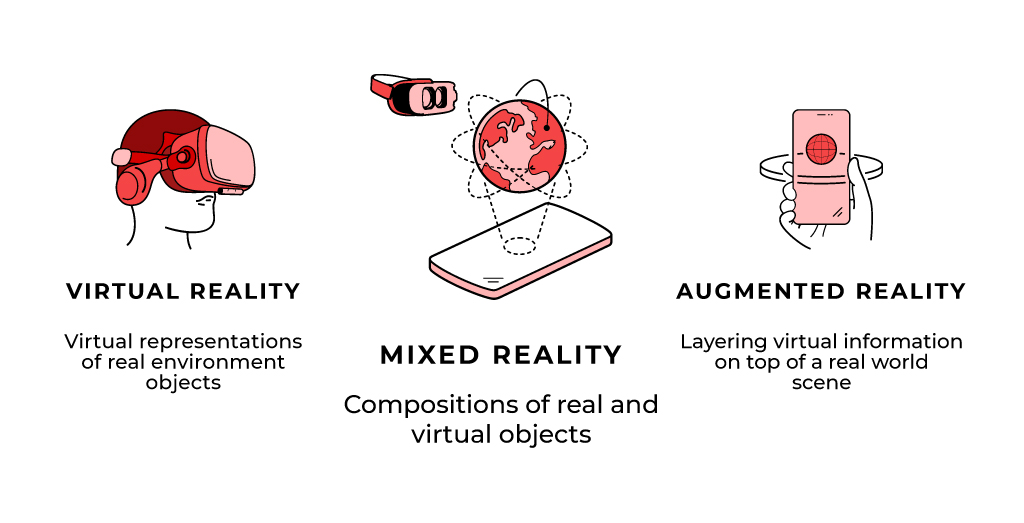
Mixed Reality is designed to add digital assets to your current environment. It adds to the current environment in a natural way that gives the user benefits that non-users would not have.
For businesses, Mixed Reality can offer the most benefit and potentially offer limitless opportunities. Defining the polar ends of AR and VR spectrum Microsoft introduced Hololens in late 2016 as a groundbreaking device and showcased capabilities blending the real and virtual world. Despite being a promising product, there have been hiccups such as a limited field of view (FOV) restricted to only 30°, scaling and sizing holograms and others.
Learning from the failures, Microsoft recently released a new version of its Mixed Reality device – the Hololens2. Microsoft’s Hololens2 takes Mixed Reality beyond niche use cases using more natural gestures, a larger FOV and a multi-user environment – powered by Azure Mixed Reality services.
Mixed Reality in the Enterprise
The use cases of Mixed Reality are many and as the continuum builds, the testing, adoption and deployment cases will become wider. Microsoft’s device is not aimed for the consumer market and is primarily targeted towards business use cases.
Tim Sheedy, Principal Advisor, Ecosystm, believes, “Most of the short and medium-term use cases are really suited to businesses. There are definitely some longer-term opportunities for consumers, but that will require substantial miniaturisation of the hardware and change of form factor. Current MR systems won’t become mainstream devices in the consumer market.”
With Mixed Reality in the play, organisations will be able to explore newer ways of doing things:
Training. Training is a perfect use case. If you can imagine taking a typical guided software where tips pop up on a screen (such as “click this button to personalise your experience, click here to see current leads, click here to add an opportunity) and move this training to the real world (this lever shuts down the machine, this valve reduces pressure etc) then you can get an idea of what is possible.
Engineering. This applies to any job that requires engineers or repairers to work on equipment, where they can be guided through a fix. Any sensor that sends information back to a computer can now be visualised – a mechanic may look at a car and see green for all the components operating within standard range and red for those that need attention or repair.
Construction. A construction worker or site manager can see the entire building or components of the building in advance and make plans for the location of materials, staff, safety etc.
Graphics Designing. A designer can picture how a new product might look in an environment and can design the product with respect to the actual surroundings.
Healthcare. A surgeon could have a CT or MRI scan overlaid onto the patient as they operate to ensure they are targeting the right area.
Anywhere that digital assets or information can assist a worker or drive a more effective, faster or safer outcome are all potential use cases for Mixed Reality services.
A Look at the Field
The theory behind Mixed Reality is that it adds to the user experience in a natural way. Organisations are exploring opportunities to leverage these technologies in the real world. Despite numerous use cases and de facto descriptors, the technology cannot be manifested until it comes to real use.
“Mixed Reality will be a success when it is seamless to use for the first line workers – when it doesn’t feel like a computer you wear on your head!” says Sheedy. “You should be able to interact with these assets in a standard way – and this is where Hololens2 is a big step above the first iteration – as it will allow more natural interactions with the digital objects – you push something or turn something and it moves, versus the “finger click” approach of the first version.”
Imagine your first day at work at a new employer, and instead of a person showing up to give you the tour, you put on a Mixed Reality device (standard or industrialised for those in mining, construction etc) and you are given a tour with virtual overlay and audio guidance.
Sheedy believes that “Mixed Reality may never be a mainstream technology – well not in our generation at least. But that doesn’t mean it won’t be a commercial success. If it is easy to deploy, manage, use, and code for and makes financial sense for businesses to deploy them then these devices will be used. The previous Hololens had commercial users – but Hololens2 should see more success as it is a better solution that can help businesses overcome even more challenges.”
The longer-term success of Mixed Reality will be how well it works with existing software platforms out-of-the-box. Support by SAP, Oracle, Salesforce, IBM and others will help to drive adoption.
How is it going to evolve in the future?
At present, the mobile device is the interface of choice for consumers and workers. But voice is quickly taking off (e.g. Google Home ). Mixed Reality adds an extra impetus to devices that are looking to supplant the smartphone as the interface to information, entertainment and data.
The longer-term future will likely see the emergence of standards that deliver the right information at the right time on the device of choice – whether that device be one with a screen, a microphone and a speaker (smart speaker like the Amazon Alexa), a screen and a speaker (such as a Hololens device), a smartwatch or another form factor.
“Mixed Reality devices will get smaller, smarter, faster, have better resolution, be more integrated (with cloud services and software platforms) and more integrated with another non-screen interface” says Sheedy.
“Access to the right information at the right time on the best device that drives the right outcomes will be the ultimate goal – and Mixed Reality will be one of the form factors that help consumers and businesses achieve that goal.”
It’s still too early to tell the direction this technology will take but the promises surely appear to be overwhelming. What do you think will be the future of Mixed Reality – is it another gimmick or will it really live up to its promise?
Let us know in your comments below.


